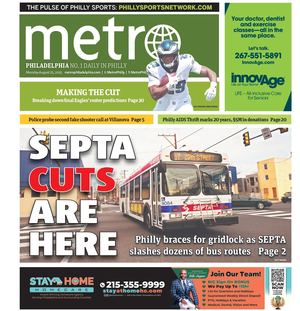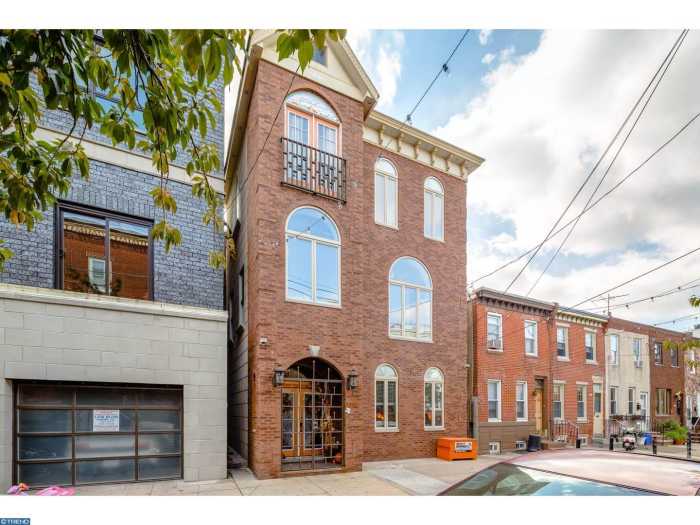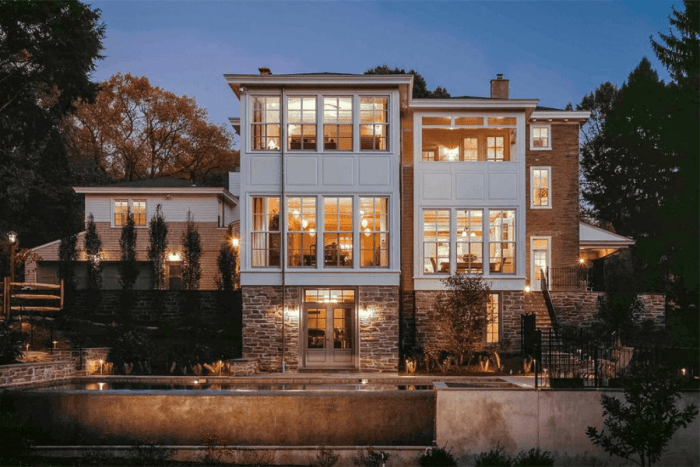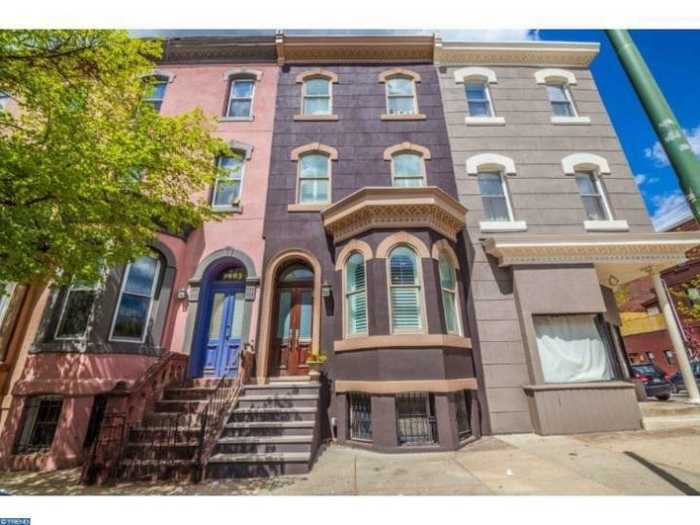Shredded bags of trash and abandoned furniture block sidewalks. Windows covered with cardboard, wood or nothing at all makes it obvious that no one has lived in some of these Point Breeze homes in a long time. Charlie Elison is ready for these houses be reborn as homes —or be torn down to make way for new construction.
“Just imagine if the roof or the side wall caves in,” said Elison, who lives in the neighborhood. “It’s dangerous.”
Recently named the “hottest Philly neighborhood of 2017” by Curbed Philly and real estate website Zillow, the large South Philadelphia neighborhood is also the busiest area for the city’s Department of Licenses and Inspections. Agency staff have assembled a “data warehouse” during the past couple of years that they use to identify structures that are in such a state of decay that they should be demolished. They’re doing this in Point Breeze and all over the city. The department estimates that abandoned and dangerous properties cost the city $20 million annually in both upkeep and lost tax revenue.Abandoned structures have also been linked to crimes and fires. The agency’s database contains information pulled from many different sources. It gives a more accurate profile of how intact a structure is. The computer program gives the property a rating and predicts whether or not it has been abandoned. “This allows us to be a lot more proactive in triaging which properties are damaged,” said Rebecca Swanson, the agency’s planning director. “The technology is constantly evolving and we will get new information every year.” New tools, such as aerial images, give department inspectors more to work with before making the trip to go see a property —as well as helping them see problems that are hidden from street level. “A lot of structural problems come from roofs with water damage,” said Swanson. “These can seem totally intact from the street.”
The department isn’t doing all the demolishing — razing a house costs about $17,000. Instead, the city has been responding to demolition requests from parties who purchase the dilapidated properties and lets them shoulder the cost. “The market is taking care of it in that area,” said Karen Guss, the agency’s communications director, referring to Point Breeze. “Developers are snapping up these properties.”
Point Breeze has more than triple the number of unsafe structures than neighboring East Passyunk and Dickinson Narrows on the other side of South Broad Street.The city is citing property owners in an effort to force them to comply with building codes and public health standards. “I hope this is a kick in the butt to people who are sitting on properties and allowing them to be overgrown with trash,” said Elison, who is an executive board member of the Point Breeze Community Development Corporation. “Whether they are too busy to maintain their own properties or they are waiting to sell and cash out, it’s not good for the community.”
City takes high-tech approach to identify urban decay
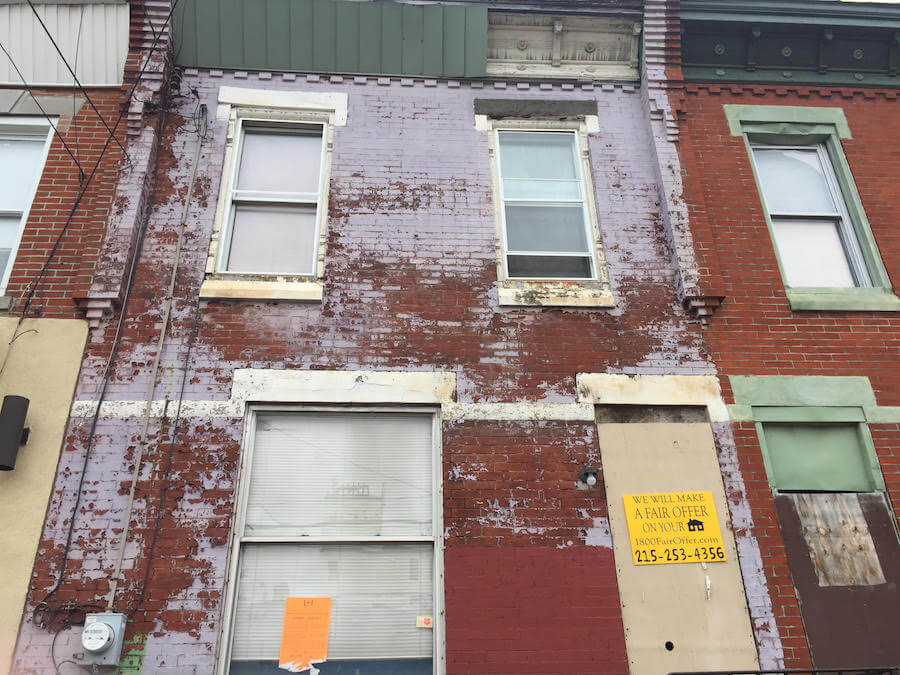
Madeline Presland
